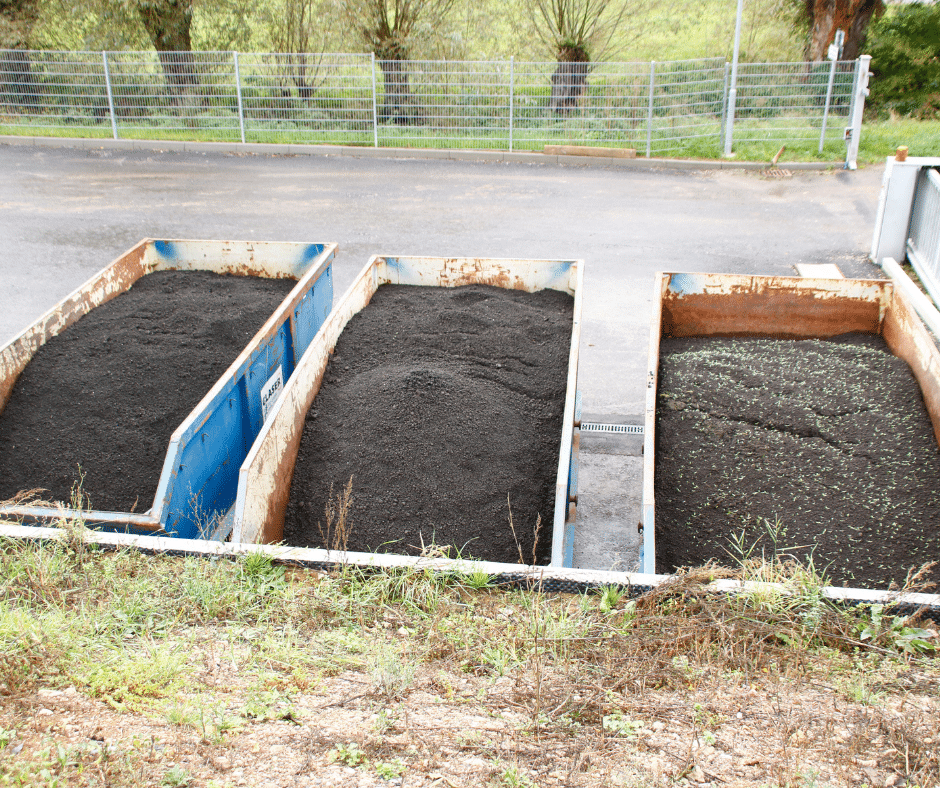
29 Dec What is Sludge Removal?
Sludge removal is an important process that gets rid of waste in an environmentally safe and conscious way. If you find that sludge buildup has affected your wastewater treatment system or septic tank, you may need sludge removal.
What Is Sludge Removal?
Sludge removal is the process of managing or removing sludge. Sludge is the waste that comes from an industrial process and is most commonly found in sewage systems. Unlike other industrial products, sludge has little to no value, which means it can be costly for businesses to remove it. Some types of sludge may be beneficial, however, especially in the farming industry, but they can be difficult to work with.
Different Types of Sludge
Sludge can be solid or semisolid and is categorized as either primary or secondary. Primary sludge occurs from natural processes like sedimentation or chemical precipitation. Secondary sludge is something that occurs from an industrial treatment or process. These are the most common types of sludge:
- Drinking water sludge: Drinking water sludge comes from wastewater treatment plants. Because drinking water sludge is created from water that has undergone treatment, it is typically easy to remove.
- Septic sludge: Septic sludge comes from sanitation systems or septic tanks. It includes contaminants like human waste, which requires careful treatment and removal.
- Industrial sludge: Industrial sludge comes from warehouses or manufacturing buildings. It contains high levels of metals and chemicals, so it requires a careful removal process.
Sludge can also be categorized into organic and inorganic sludge. Organic sludge comes from facilities that treat contamination in wastewater, including sewage. Inorganic sludge comes from wastewater facilities that treat water with sand or metal components.
Sludge Removal Methods
There are two primary methods of sludge removal: consolidation and destruction. Consolidation is the action of removing the water in addition to the sludge. This is done through either thickening or dewatering the sludge. The process involves allowing the solids to settle and then draining or evaporating the water. Consolidation may also include gravitation or sedimentation, which is the process of thickening sludge.
Destruction is the process of oxidizing the sludge to reduce it to methane. This can be done through lime dosing, which is the process of conducting oxidation or hydrothermal processes in water. While most types of sludge may not provide value, some do. The value of sludge varies depending on where it comes from and its type. For example, the sludge that comes from a sewage system can sometimes be treated and converted for agricultural use, and in some cases, it can be used as fuel.
Why Do You Need Sludge Removal?
Here are a few of the many reasons to hire a professional to remove sludge effectively:
- Reduce sludge levels: While some level of sludge is expected, too much can contaminate the water or block it from flowing.
- Protect the public: Depending on the type of sludge, it can pose health risks to the public.
- Reduce smell: Some types of sludge that build up can lead to an unpleasant odor.
When you need sludge removal, you need a company that is capable of removing hazardous and non-hazardous material waste. You also need a company that can inform you about the different types of sludge and determine the best process for sludge removal.

